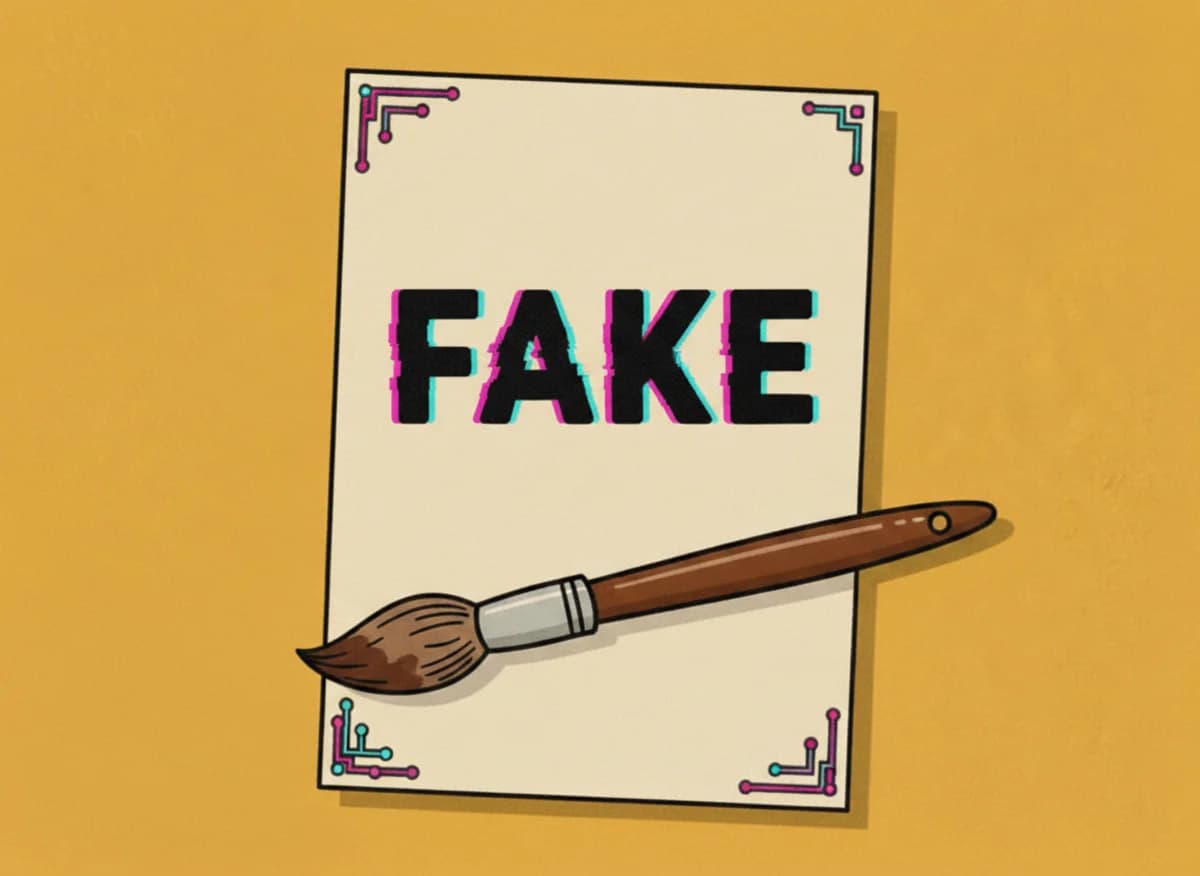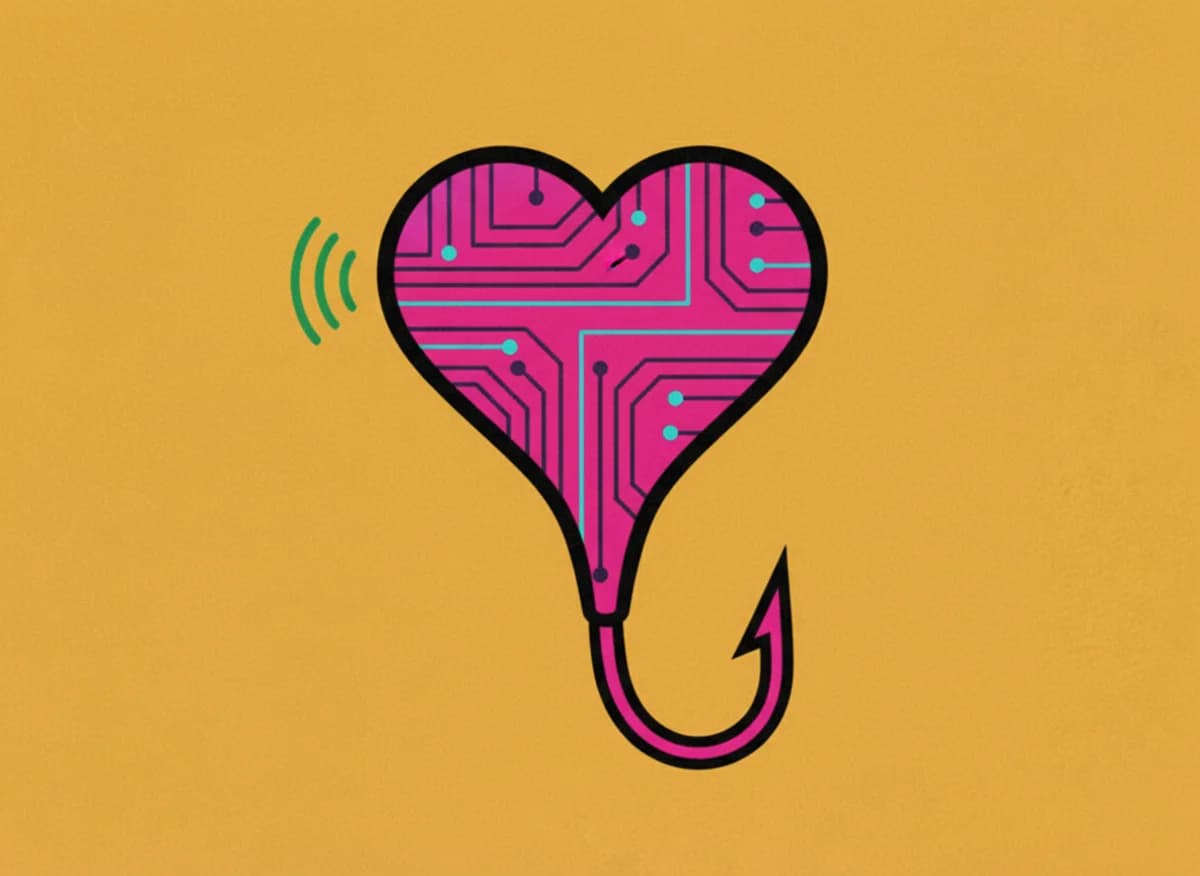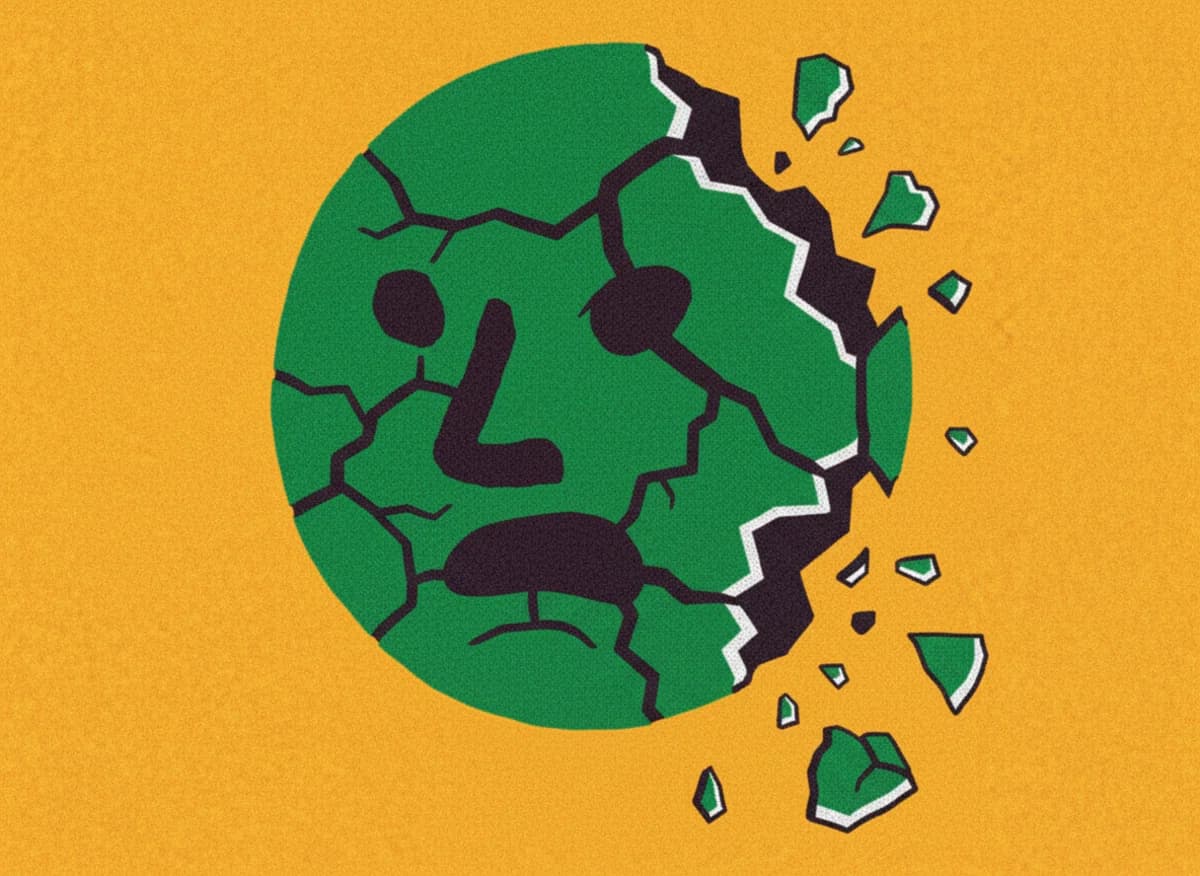AI video detection (2025 guide): how to spot deepfakes and protect yourself
Fake AI videos aren’t some distant sci-fi clips, they're costing people millions of dollars and destroying lives every day. In just Q1 of 2025 scammers using convincing deepfakes managed to swipe over $200 million across the globe. This guide is your crash course in spotting fakes and keeping your life and money safely in the real world with help of AI video detection.
What is AI video detection and how does it work?
AI video detection uses machine learning algorithms to identify content created or manipulated by artificial intelligence. It’s like hiring a super-geeky detective who is scanning every pixel for shifty details like odd lighting, weird shadows, creepy lip sync, or faces that don't move quite right. But an AI video detector goes deeper and works with digital DNA, aka vectors. It checks both video and audio, frame by frame, for anything fishy and sees what you don’t, and sometimes, what you physically can’t. Modern deepfake detectors analyze patterns invisible to the human eye, making AI video detection essential for verifying content authenticity.
Why detecting AI-generated video matters
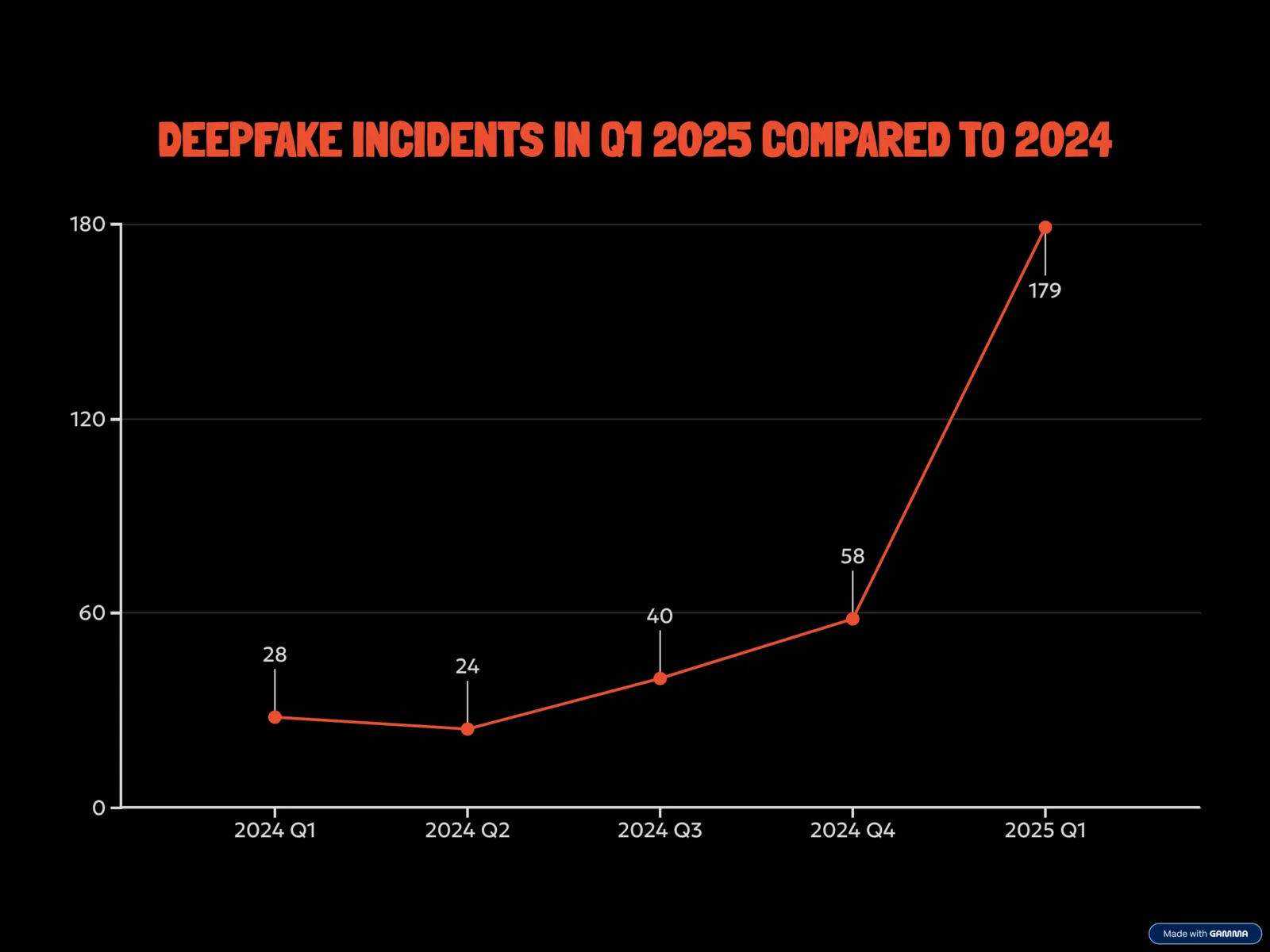
In September 2025, fake video scams happened every five minutes, and the average business hit lost half a million dollars. What used to require a Hollywood-sized budget now demands a laptop and ten bucks. Someone with five minutes to kill and a free app can make a super-realistic celebrity clip that could lead to millions in fraud.The "uncanny valley" effect, that creepy feeling you get from watching something almost-but-not-quite human,is fading as AI more accurately mimics human behavior.
$343,000 is the average loss each time a business is scammed by deepfakes in 2024. Let’s go to February 2024. An employee at Arup, a British engineering company, thought he was in a very normal video call with the CFO. But everyone on that video call except the victim was made by AI. Trusting the "colleagues," the employee wired $25 million to fraudsters. The scammers created shockingly convincing avatars using freely available videos of Arup executives. Wild, right? A deepfake detector could have prevented this massive loss.
Source: CNN Business
Seeing is believing just doesn’t cut it anymore. The media now have to verify not just facts, but videos and audio clips to stop rumors running wild. Between July 2023 and 2024, 82 deepfakes targeting politicians surfaced in 38 countries, right when elections were happening in most of them. Professional AI video detection tools are becoming standard in newsrooms worldwide.
Celebrity deepfakes are a massive industry because they exploit our psychological trust in familiar faces. And when those faces show up selling crypto, miracle diets, or impossible investments, people listen and send money to scammers.
The Martin Lewis deepfake scams show how quickly fake news can spread. In 2024 scammers posted a Facebook ad featuring the UK’s top money expert apparently hyping up a fake Bitcoin investment scheme. They copied his voice, his face, fooling viewers into believing it was a real interview shot in his own home. One person lost £76,000 after seeing this ad. Using an AI video detector before taking action could have saved this victim from financial ruin.
Source: BBC
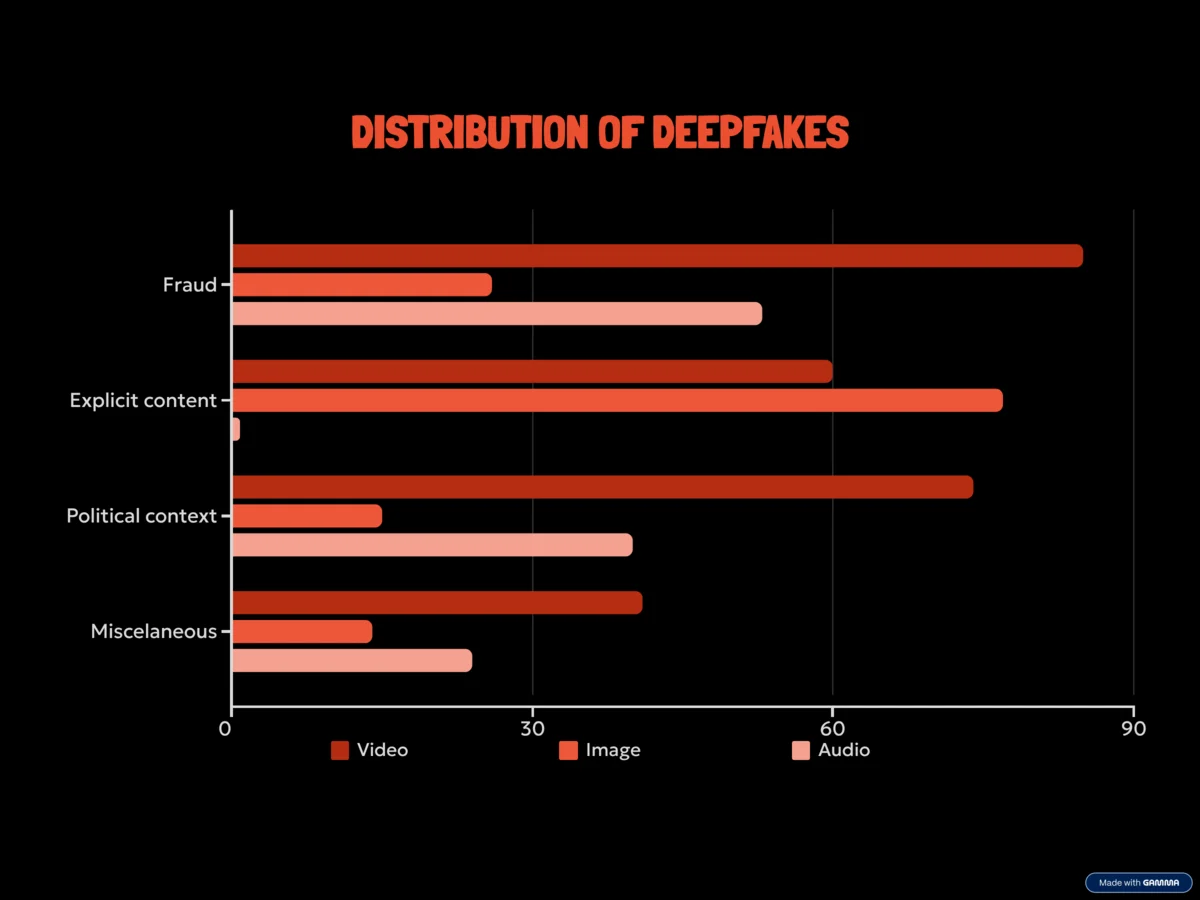
Social media has created a $200+ billion playground for content, and now AI videos are the hottest new toy. It’s no wonder everyone wants their moment of viral fame. Some seek it so hard that they make fake videos of disasters or accidents, even during real events. The wilder the video, the faster it spreads increasing creator’s earnings. The "it's just a prank" mentality drives millions to create deepfakes for likes, shares, and social media fame. Fake content becomes so common that the audience believes it easily. Why question it, when you can just keep scrolling and enjoy the show?
This normalization of deepfakes makes AI video detection more important than ever.
How to spot AI-generated videos: key signs
Faces and hands
Even advanced deepfakes struggle with natural human facial microexpression and hands (and toes if you manage to see them on video). Let’s put on mask of AI Dr. Cal Lightman, and look for these warning signs:
- Real people blink irregularly. AI often creates too-perfect blinking or none at all
- AI eyes don’t quite follow the action. A little zombie-like :)
- Watch the lips and listen carefully. “P”, “b”, or “m” sounds just don’t line up with lip movement.
- Real human faces are asymmetrical. AI people are “perfect”.
- We all got used to laughing at 6-finger AI-humans, but models are almost over it. But toes, have you seen them? AI still creates either too many or too few of them.
- Joints bending the wrong way or fingers merging together
- Hands passing through solid objects or not gripping things properly
- Body language seems robotic or repetitive.
Lightning, shadows and background
- Shadow direction doesn't match other objects in the scene
- Lighting stays too consistent when objects move. Zero changes as people move.
- Reflections in windows, water, or metal surfaces look wrong. And vampires aren’t the only things that don’t show up in mirrors.
- Objects appearing and disappearing between frames.
- Warping effects during camera movement.
- Repeated loops in background movement.
- Unnatural crowd behavior where people don't react to events.
Audio
Listen carefully for these audio red flags:
- No “um,” “uh,” or human pauses and breathing sounds.
- The audio doesn't match the visuals.
- Voice tone doesn't match facial expressions.
But AI is getting so good, you might not even notice. That's why you need an AI video detector to help you figure out what's real and what's fake.
Before using a deepfake detector, look at a few viral videos and ask yourself:
- Is this too dramatic or too perfect to be real?
- Do people and animals act like, well, people and animals?
- Does the lighting and environment make sense?
- Why is this being filmed so calmly if things are falling apart?
Then check your intuition with isFake AI video detector. Want to check other formats? You can check any content, just choose. Try our AI text detector, AI image detector and AI audio detector.
How to check videos using isFake
- Go to the Video tab.
- Upload your video.
- Click “Check video”.
- The system processes your video.
- Review results. Ai detector provides the score and highlights the most suspicious fragments of the video.
- Show your friends, teammates, and grandma so that they are also aware of the AI or real origin of the video :)
Please note: The original image might be real, but the video could have AI modifications. For example, a real disaster video might have weird details added for dramatic effect.
For best results:
- Use videos longer than 5 seconds.
- Have minimal or static watermarks (crop out moving text if possible)
- Make sure the key action is fully visible
How does AI video detection work under the hood
AI detection tools learn by watching millions of both real and fake videos to recognize patterns of fake and reality. They pick up on digital fingerprints that regular people can’t even see. It’s super smart, but not infallible! The quality of the video, filters or post-editing may affect the results.
How to protect yourself from deepfake scams
- Share fewer high-res photos and videos on social media.
- Don’t send voice messages to people you don’t trust.
- If you get a “send money” request, just ask this person if it’s real through other channels, and better in person.
- call and check—in person, if you can.
- Keep friends and family in the loop about the latest AI fraud tricks.
- Always use multi-factor authentication.
- Cross-check any wild news with multiple sources.
- When in doubt, don't share.
During video calls
- If someone seems weird, ask something only they’d know.
- Ask them to cover part of their face (AI usually struggles with this).
- If the vibe’s off, hang up and call back using a number you trust.
For business
- Never, ever approve massive transfers based on a single video call.
- Always verify odd requests over the phone or in person.
- Train staff to detect deepfake signs (and use isFake, really).
- For big deals, discuss a “cooling off” period for the team, so you don’t act on impulse.
The age of “seeing is believing” is long gone. AI deepfakes are rewriting the digital rulebook, and the only way forward is to learn, question, and double-check. Stay informed, and remember, when something seems too good (or too bad) to be true, it just might be artificial.
